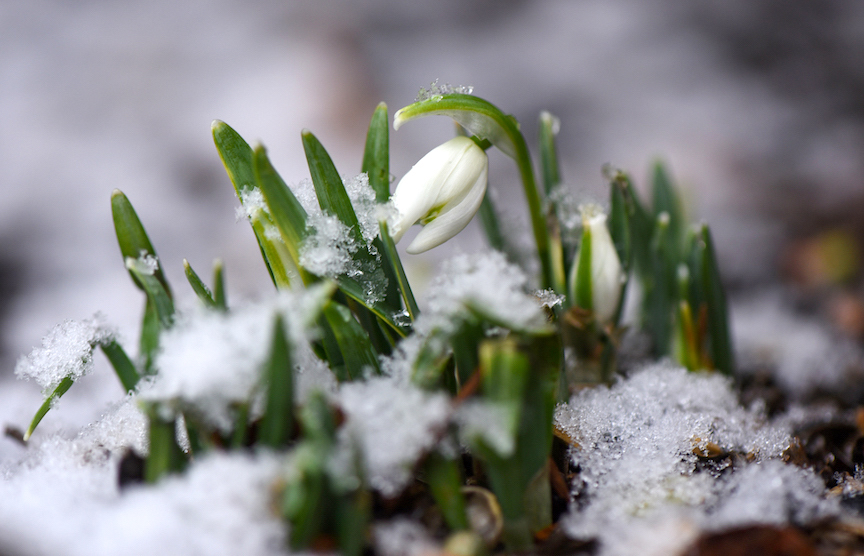
Gardening Green with Doug
Gardening Season Starts Now: Here’s How to Prep
By Doug Oster
February 26, 2022
As a winter thaw softened the ground, tiny white snowdrop flowers emerged, announcing the official start of the gardening season.
The flowers were noticed when looking out the front picture window, which resulted in an impromptu photoshoot and awkward happy dance in celebration of the diminutive blooms.
It’s the wake-up call to get things in shape for another fun season.
If you need seeds, get them now. Nurseries, garden centers and online retailers have warned that due to lingering COVID precautions, we’re in for another busy season. Millions of new gardeners have finally discovered the joys of working in the dirt.
One of my favorite sources, Baker Creek Heirloom Seeds, recently posted that they are filling orders 24 hours and day and had never before seen demand this high.
Before getting more seeds though, see what was leftover from past seasons. My seed collection goes back to the 1980s and older seeds need to be tested to see if they will reliably sprout.
Take about 10 seeds, put them in a moist paper towel, then place them in a resealable plastic bag. Put the bag somewhere warm, and in seven to ten days see what has germinated. If five or more sprouted, they can be used for planting.
Once the seeds have passed the germination test, it’s always a great idea to organize them. One way to keep them in order is to arrange them by planting date. One group is started indoors, another outside but early, another later in the season and so on. This will assure everything gets planted. It’s easy to overlook something during the heat of battle as the season begins.
During this period of freezing and thawing, plants will benefit from mulching. It helps keep the plants in place by moderating temperature swings in the soil. Frost heaving can push perennials out of the ground, exposing roots to cold temperatures.
When the ground is frozen, compost or other organic matter can easily be brought into the garden via wheelbarrow. A few inches of something good sitting on top of beds will have them ready to plant when the weather breaks and it’s one less job to do in the spring.
Soon it will be time to start seeds indoors. Small seeds like impatiens, petunias and begonias can be sown now, but the main crop of things like tomatoes and peppers are not planted until mid-March or later.
There are many advantages to growing your own plants from seeds. It saves money, it’s fun to watch something go from a little seed to fruition in a season and it’s a great way to add something unique to your garden.
Starting seeds indoors is simple, but it’s best accomplished with the addition of some artificial lighting. Most gardeners can get seeds to sprout on the windowsill, but then the plants become tall and spindly, the term is leggy. Bright LED lights can be found at most garden centers or even hardware stores. Run them on a timer for 18 hours and the plants will be thick and stocky.
With lights in place, the rest is easy.
The first step is to moisten a growing medium, usually a seed-starting mix from the nursery. Mix the medium with water until it sticks together when squeezed, but does not drip. If it’s too dry, the seeds might not sprout, too wet and they could rot.
Add the moistened mix to a container with drainage. Saved six-packs from last year’s flowers or vegetables are perfect, but anything that holds soil and has drainage holes will work.
Once the containers are filled, sprinkle the seed onto the mix and then add a little more on top and gently compress it to get good contact between soil and seed.
Cover the container with clear plastic, this keeps the mix moist until germination. Once the seeds sprout, remove the plastic and keep the lights as close as possible to the seedlings.
Once the plants begin to grow and put on a second set of leaves, start fertilizing at half strength with a liquid organic fertilizer like Drammatic. There are many different brands which will work, buying them as a concentrate and mixing the fertilizer yourself will save you money.
The plants growing inside, need time to transition to the outdoors, it’s called hardening off.
Take the plants outside, put them in the shade for a few hours. Over the next week or so, eventually, give them more time outside until eventually spending all night outdoors. Keep them on the dry side and stop fertilizing to toughen them up.
These seedlings will be ready to hit the ground running when they are planted and won’t suffer transplant shock.
It’s a wonderful feeling anticipating another gardening season. As the days get longer and warmer, we dream about enjoying the fragrance, beauty and flavors of our favorite plants.
Free tomato seeds found on WWII battlefield by Pittsburgher
The late Joe Roberts served overseas during WWII and stumbled onto a field of delicious tomatoes. He actually saved some seeds in his uniform and brought them back to Pittsburgh, growing them out for over 50 years.
The full story is here.
The tomato was named ‘3945,’ for the years the war lasted. The plants produce large tomatoes which are reddish-orange with a texture that’s both meaty and juicy, with lots of tiny seeds and a wonderful old-fashioned flavor.
If you would like to try the variety, all I ask is that you grow out the tomato and send some of the seeds back to me.
Instructions for planting and seed saving are included with each seed packet.
To receive some ‘3945’ seeds, send and self-addressed stamped envelope to:
Doug Oster
3945
P.O. Box 11013
Pittsburgh, PA 15237
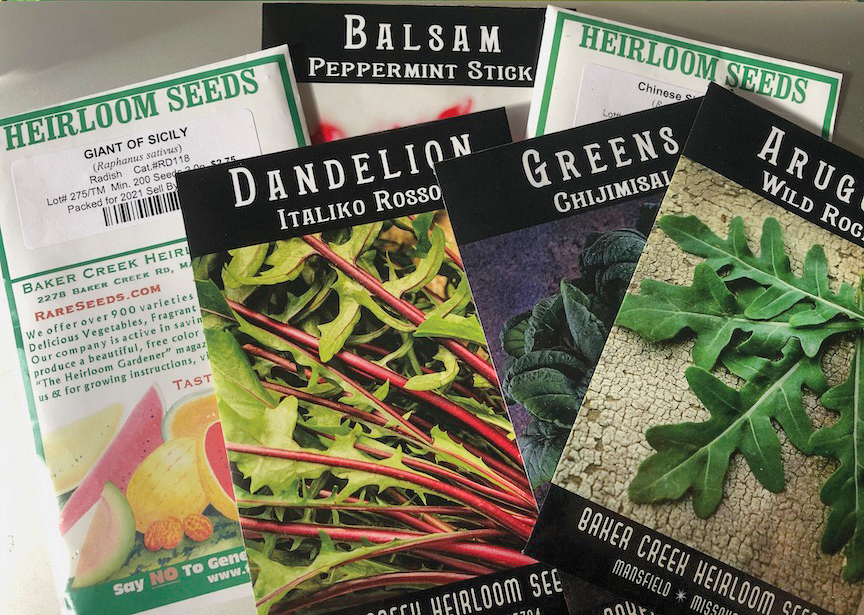
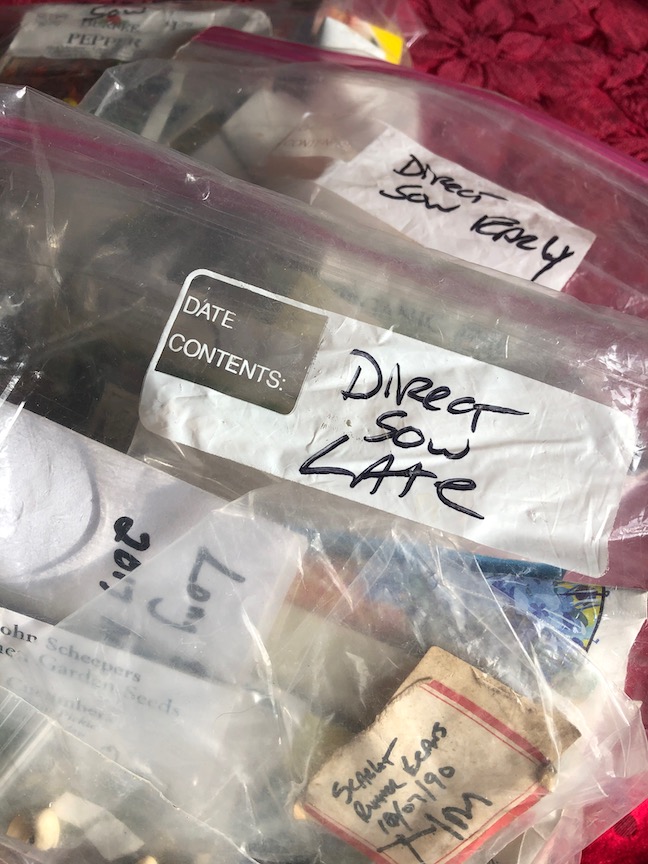
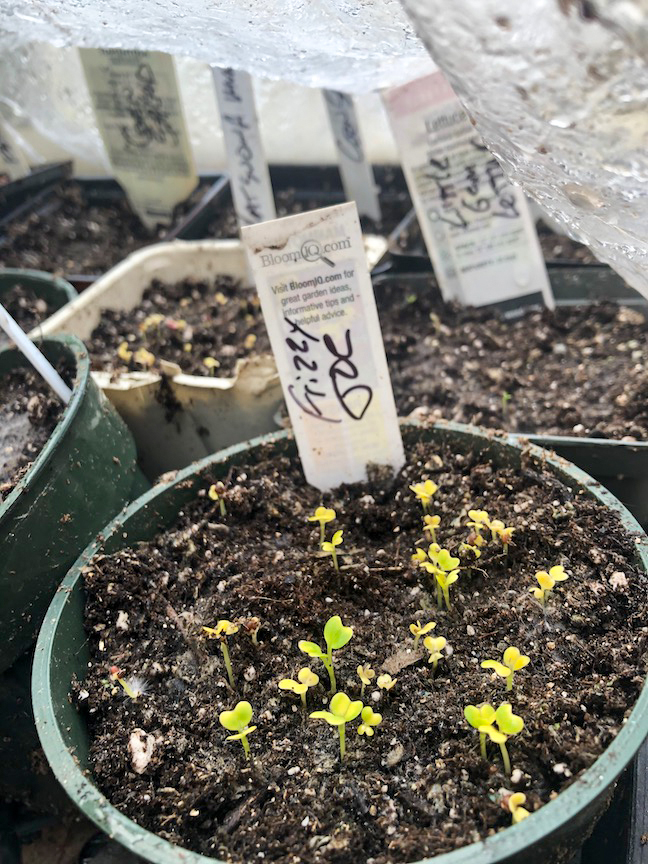
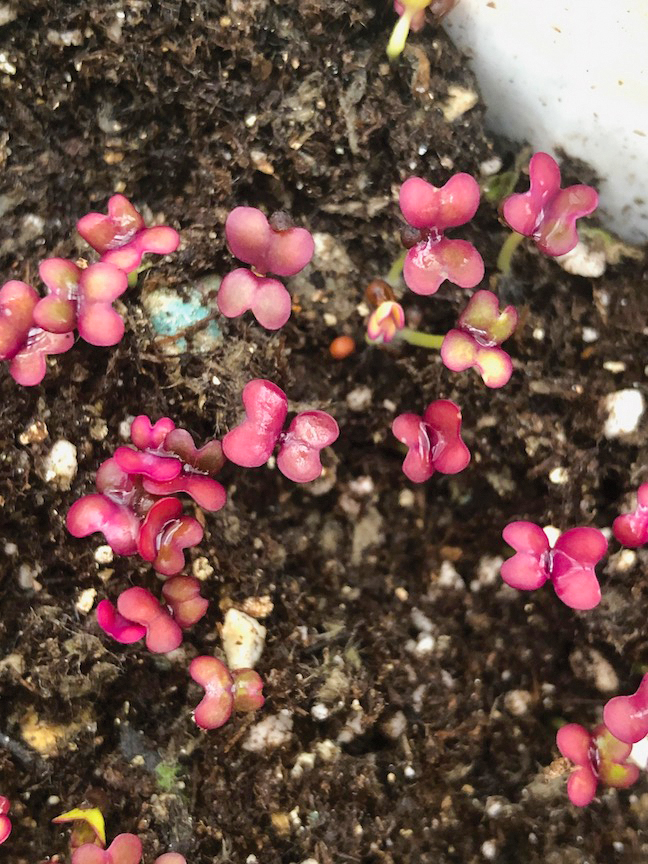

Leave A Comment